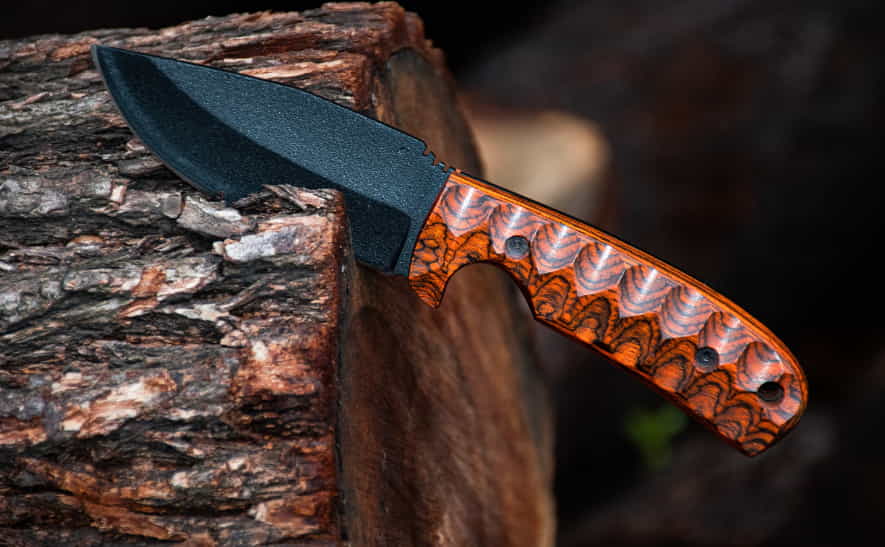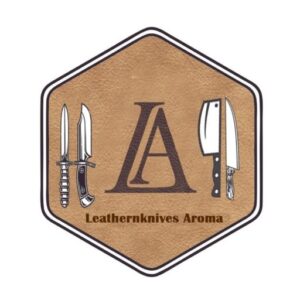Crafting a handmade Damascus steel camping knife involves combining traditional techniques with modern craftsmanship to create a timeless and elegant tool. Damascus steel is known for its unique patterns and exceptional strength, making it an excellent choice for creating both functional and aesthetically pleasing camping knives. Here’s a comprehensive guide to crafting a Damascus steel camping knife:
-
Selecting High-Quality Materials:
Choose high-quality carbon and alloy steels for the Damascus billet. The combination of different steels contributes to the unique pattern and strength of the blade.
Opt for materials such as high-carbon steel for sharpness and edge retention, and nickel steel for contrast in the pattern.
-
Creating the Damascus Billet:
Stack alternating layers of chosen steels to form the billet.
Forge-weld the layers together by heating the billet in a forge and hammering it to achieve a solid, unified block.
-
Forging and Shaping:
Heat the billet and begin forging it to the desired shape of the blade, carefully maintaining the desired pattern in the Damascus steel.
Shape the blade profile, including the edge, spine, and tang, using forging techniques and a hammer.
-
Pattern Development:
Apply pattern development techniques, such as twisting, folding, or manipulating the billet, to achieve the desired pattern in the Damascus steel.
Experiment with different manipulations to create intricate and visually stunning patterns.
-
Grinding and Beveling:
Use a grinder and files to refine the blade’s shape, bevels, and edges, while carefully preserving the Damascus pattern.
Achieve the desired edge geometry and sharpness through precise grinding and beveling.

-
Heat Treatment:
Heat treat the blade to harden and temper it, ensuring optimal strength and durability.
Follow specific heat treatment cycles involving heating to critical temperature, quenching, and tempering to achieve the desired blade properties.
-
Handle Crafting:
Select a suitable handle material that complements the blade, such as wood, stabilized materials, or leather.
Shape and contour the handle for ergonomic comfort and a secure grip during use.
-
Handle Attachment and Finishing:
Attach the handle scales securely to the tang using epoxy and pins, ensuring a strong and durable bond.
Shape, sand, and polish the handle to a smooth finish, enhancing its appearance and comfort.
-
Final Assembly:
Assemble the knife, carefully aligning the blade and handle, and secure all components for a cohesive and functional knife.
Conduct quality checks to ensure the knife meets the desired standards in terms of fit, finish, and overall performance.

-
Final Touches and Presentation:
Sharpen the blade to a razor-sharp edge using sharpening tools and techniques.
Clean and polish the blade, showcasing the stunning Damascus pattern and enhancing the knife’s overall aesthetic appeal.
A handmade Damascus steel camping knife embodies timeless elegance, combining expert craftsmanship with the beauty of Damascus steel to create a functional and visually captivating tool for outdoor enthusiasts.
